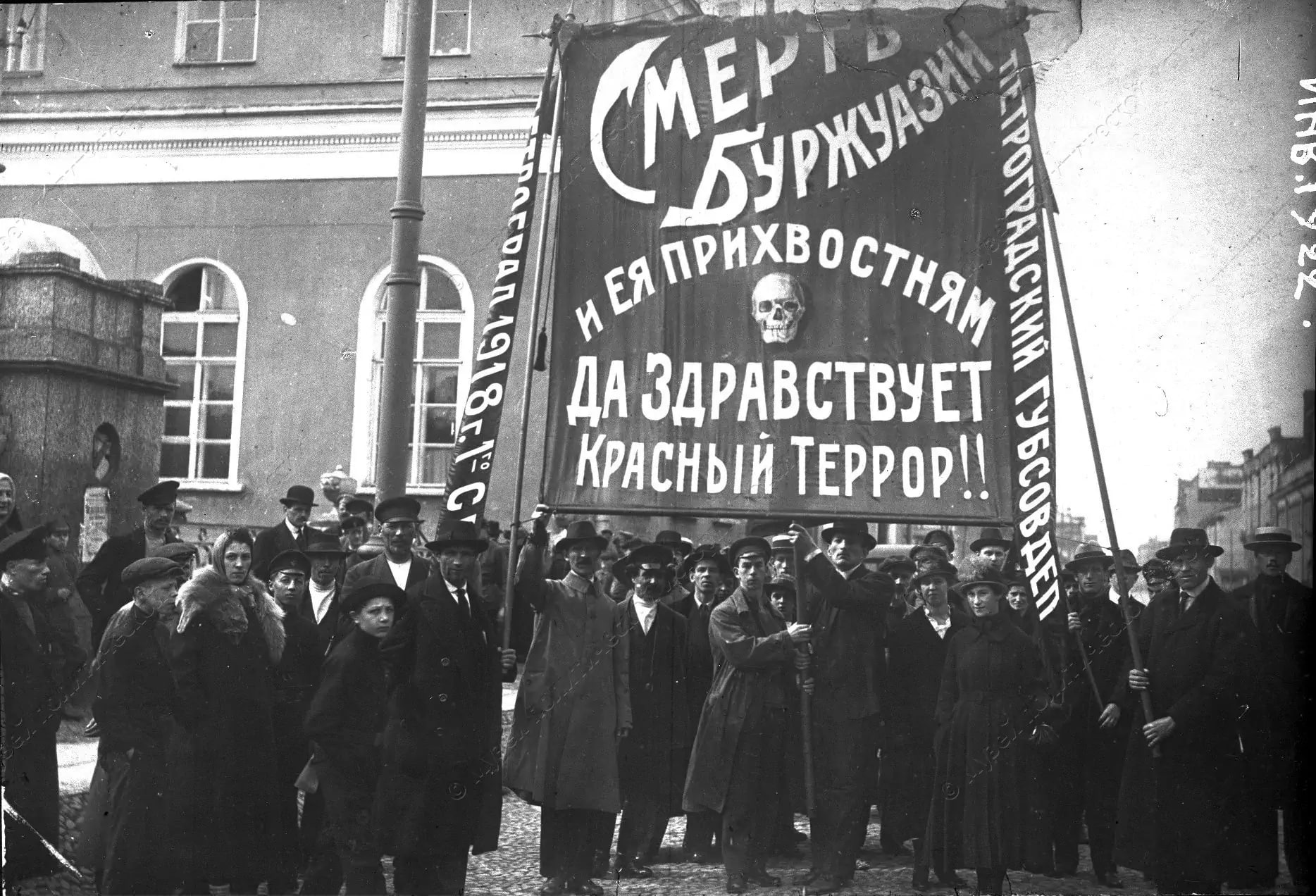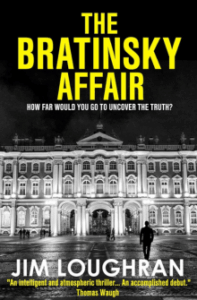The History behind The Bratinsky Affair
“It is not the wimpled version of history that is interesting but its brutality.“ – Hilary Mantel
The story of Countess Irina Bratinsky, née O’Rourke de Breffny, has its roots in the religious wars of 17th-century Ireland and ends in the smouldering ruins of a house in the Russian Village in County Wicklow, built in the 1940s by another Russian refugee. For budding journalist Tom O’Brien, the challenge is to piece together a story that goes from 17th-century Ireland to pre-revolution Russia, to Paris in the 1920s, the German occupation and the social and political upheaval of the 1970s.
In the aftermath of the Cromwellian and Williamite wars, Irish aristocratic men faced with discrimination and dispossession under the penal laws increasingly sought their fortunes in the armies of the Catholic monarchs of Europe. It is estimated that 34,000 Irish soldiers were serving in the armies of France and Spain in the period 1641 to 1654 while Irish soldiers were a major feature of Spain’s Army of Flanders in its war against the rebellious (and Protestant) Dutch provinces. Over the next 200 years, 13 Irishmen achieved the rank of Field Marshal in Habsburg Austria while in France the Irish regiments of Bulkeley, Clare, Dillon, Rooth, Berwick and Lally played a major role in the Seven Years’ War. After the British defeat at the Battle of Fontenoy, in which the Irish regiments distinguished themselves, George II is quoted as saying: “Cursed be the laws that deprive me of such subjects.”
In 1758, having failed to secure a commission in the British army, Irina’s putative ancestor, John O’Rourke travelled to Versailles where he impressed Louis XV enough to be made Captain of the Scotch Guards. There was so much opposition from members of the guard who felt slighted by his appointment that he ended up fighting four duels in two days – which he won. Nevertheless, he resigned his commission and wrote to the King saying that “it was too dear a purchase to fight for it every day with my life.” With a letter of recommendation from Louis XV, he travelled to Russia where his brother Cornelius was already serving in the army of Empress Elizabeth.
The O’Rourke brothers were not the only Irishmen serving in Russia. In fact, there was a long tradition of Irish soldiers leaving Ireland to make their fortunes in Russia where there was less competition for promotion than in the over-supplied European market. The terms and conditions were also better. Count Peter Lacy from Limerick was a member of the Imperial War Council of Peter the Great and led Catherine I’s army to defeat the Ottoman army in the Crimea, capturing the previously impregnable fortresses of Azov and Perekop. He rode behind her carriage in the coronation procession and opened the celebratory ball dancing with the Empress. Unfortunately, the by-now-elderly general’s agility on the dance floor did not match his manoeuvres on the battlefield as he stepped repeatedly on the Empress’s toes. Described by Frederick the Great as ‘the Prince Eugene of Muscovy’, he played a major role in the Siege of Danzig in 1734. His victories at Wisiczin and Busawitza over the armies of Stanisław Leszczyński, and his French allies, largely determined the outcome of the War of the Polish Succession.
In 1760, during the Seven Years’ War, the newly recognized Count John O’Rourke was presented with a diamond studded sword by Frederick the Great for valor at the siege of Berlin. When asked by Frederick how he could possibly have believed he could defeat Berlin O’Rourke replied, “If ordered by my commanding officer to storm the heights of Heaven, I would have made the attempt.” Later his nephew Count Joseph Cornelius O’Rourke, led a Serb and Russian army to victory over the Ottoman Turks at the battle of Varvarin in 1810 for which he received yet another gold sword. He helped to defend Moscow against Napoleon and was decorated for his role in the Battle of Leipzig. His portrait by George Dawe hangs in the Military Gallery in the Winter Palace among the 322 portraits of the allied generals who fought against Napoleon.
By this time the O’Rourke’s had become large landowners and merged into the Russian aristocracy. At his death Count Joseph O’Rourke was the owner of 20,000 acres and 236 serfs. He had also married a niece of Count Peter Lacy in a carefully calculated career move. Subsequent generations of the family continued the tradition of military service right up to the revolution. A later member of the family, Count Edward O’Rourke, was the Bishop of Danzig who got into trouble with the Nazis for insisting on appointing Polish priests in his diocese. His presence in Danzig coincided with the arrival of Irishman Seán Lester, who served as the High Commissioner of the League of Nations to the Free City of Danzig from 1933 to 1937. Lester repeatedly protested to the German government over its persecution and discrimination of Jews and warned the League of a looming disaster for Europe.
While the stories of these men have been glamorised by their escape from persecution by ‘the British Crown’ and their dazzling careers, they were, in effect, mercenaries willing to fight for whichever army offered the best terms. Outside of the specific religious and socio-political context of Ireland in the 17th and 18th centuries, they were aristocrats, typical of their time and class. When Field Marshal Peter Lacy led his army to capture the key fortress of Azov in the Crimea, he was not concerned with the rights of the Muslim population of the Crimean Khanate, then part of the Ottoman Empire. Neither he nor the O’Rourkes suffered any moral qualms when rewarded with lands confiscated from Protestant German landowners on the fringes of the expanding Russian Empire or the position of the serfs on their estates. The irony of a dispossessed Catholic being rewarded with the lands of a dispossessed Protestant seems to have escaped them entirely. This pattern was not confined to Russia. In the Habsburg Empire, members of the Irish Taafe, Wallis and Stafford families became major landowners in the formerly protestant crown lands of Bohemia and Silesia and Count Eduard Taaffe (also known by his Irish title of 11th Viscount Taaffe) was a senior government minister for many years in the reign of Franz Joseph.
Unfortunately for Irina, this life of wealth and privilege was not to last and our story follows Irina and her mother into exile. Russia had been in a state of suppressed revolution since 1905 and, given the devastating losses and suffering of the people during World War One, revolution was inevitable. Families like the O’Rourkes were obliterated as if they had never existed. The loss of everything they had known and loved, the pain of exile and the need to rebuild their lives presented a formidable challenge and would almost warrant a separate novel. It is estimated that, in the initial ‘Red Terror’ of 1917 to 1922, between 50,000 and 200,000 people were killed and another 400,000 died in prison. In Stalin’s Great Purge between 700,000 and 1.2 million people died. In the period immediately after the revolution, an estimated 1.5 million people fled Russia. Most of them were not aristocrats like Irina but, like her, they joined the ranks of the ‘former people.’ ‘Our’ O’Rourkes were luckier than most in that they held onto their estate, in what is now Belarus, until 1945. In fact, the outbuildings of the manor house still stand and the demesne is now Orork Park.
In the interwar period, Paris was home to between 400,000 to 500,000 Russians. In this version of history, Irina’s life was tough but she had connections, and a certain amount of money to keep her afloat, at least initially. Some like the Youssoupovs had assets stashed abroad. They had an apartment in London, a house in Paris (which remained in the possession of their descendants until 2021) and a box of jewels which they had neglected to pick up from Cartier before the war. Others were not so lucky. The Countess Brassova, who appears briefly, was the widow of the Tsar’s brother Grand Duke Michael and, when she died of cancer in a charity hospital in 1952, she had been living in an attic box-room in extreme poverty.
Having the misfortune to live through a revolution, a traumatic escape from Russia and an economic crash, Irina has the double misfortune to find herself in the middle of another Word War. Irina, and others like her, survived because as an anti-communist Russian with impeccable credentials she was able to avoid Nazi repression. Like many others, the war for her was a business opportunity. Not everyone was in the Resistance. In effect, Irina played a clever double game unlike her friend Suzy Solidor whose night club La Vie Parisienne became a favoured haunt of German soldiers. After the war, Solidor was convicted as a collaborator and had to leave Paris for a while. She got off lightly unlike the 20,000 women accused of ‘collaboration horizontale’ who had their heads shaved and were publicly shamed. On the other hand, Maurice Papon, who appears in the Bordeaux sequence, and who was responsible for the deportation of 1,690 Jews from Bordeaux was able to pursue a stellar political career in post-war France. He had numerous ministerial appointments despite being responsible for the torture of prisoners during the war in Algeria and the killing of pro-Algerian demonstrators while Chief of Police in Paris in the 1960s. He was first charged with crimes against humanity in 1983. In contrast, French national broadcaster ORTF refused for years to broadcast Maurice Ophuls’s documentary Le Chagrin et La Pitie, which exposed the reality of French collaboration during the war. Made in 1969, it was shown in Germany in 1971 but only broadcast on French television in 1981. When asked by the Head of ORTF whether or not they should broadcast the documentary ‘in the interests of truth’, De Gaulle replied with ‘les Français n’ont pas besoin de vérité – ils ont besoin d’espoir’ (‘the French people don’t need truth, they need hope’).
Meanwhile, back in Ireland our hero, Tom knows that the time is fast approaching when as a gay man he will have to decide whether to make the best of things at home or, like the generations before him, take the well-trodden path into exile. In 1976, to be a practising homosexual in Ireland was still a criminal offence. Tom’s story unfolds six years before the brutal murder of Charles Self, a high-profile set designer for Ireland’s national broadcaster, RTÉ. The heavy-handed police response prompted a significant exodus of young gay men to London and the United States. Homosexuality was not decriminalised until 1993.
What unites these characters is a shared experience of exile and loss and the common need to find a place where they can belong. That is as true for Tom O’Brien in 1976 as it was for John O’Rourke in 1758.
Jim Loughran is a writer and the author of The Bratinsky Affair.







